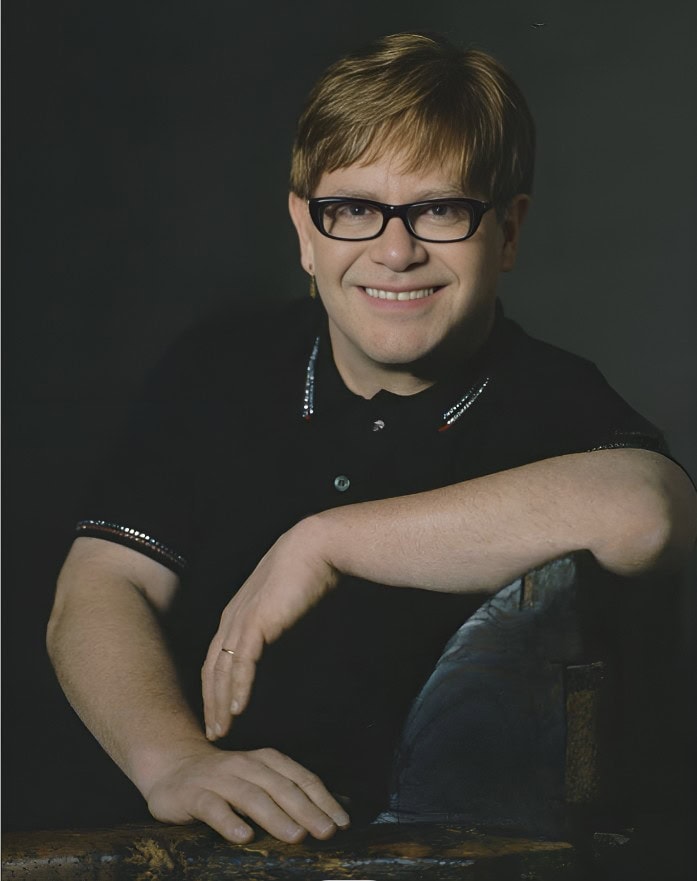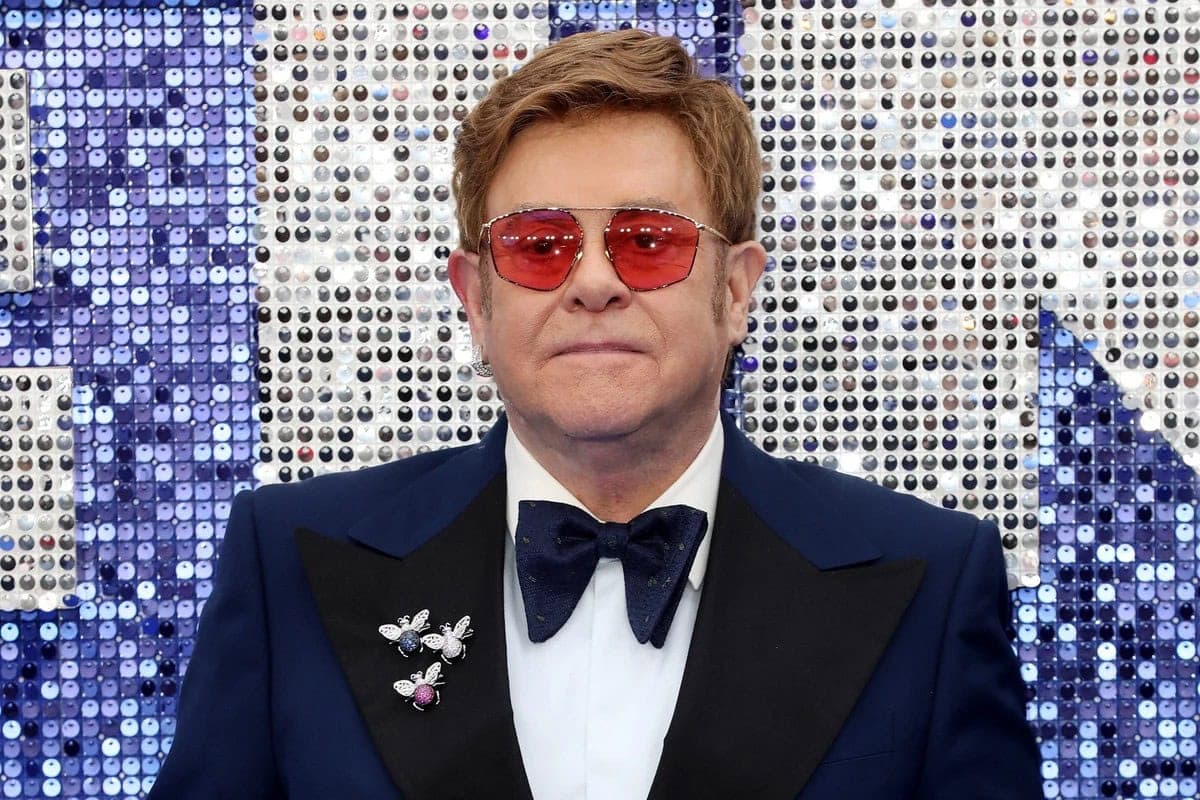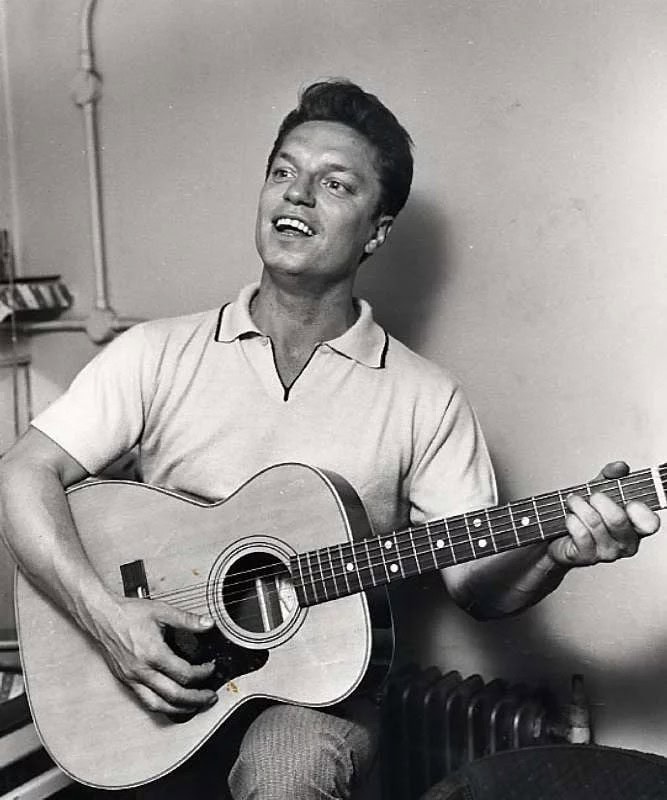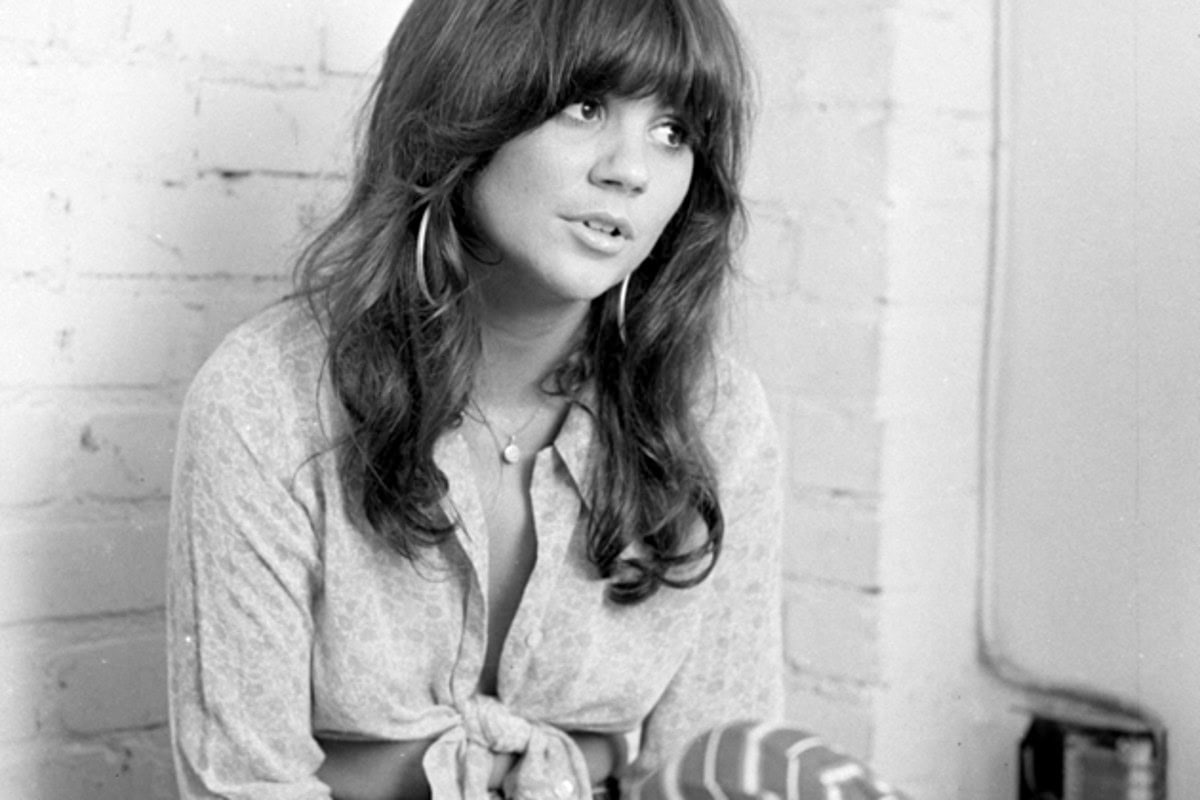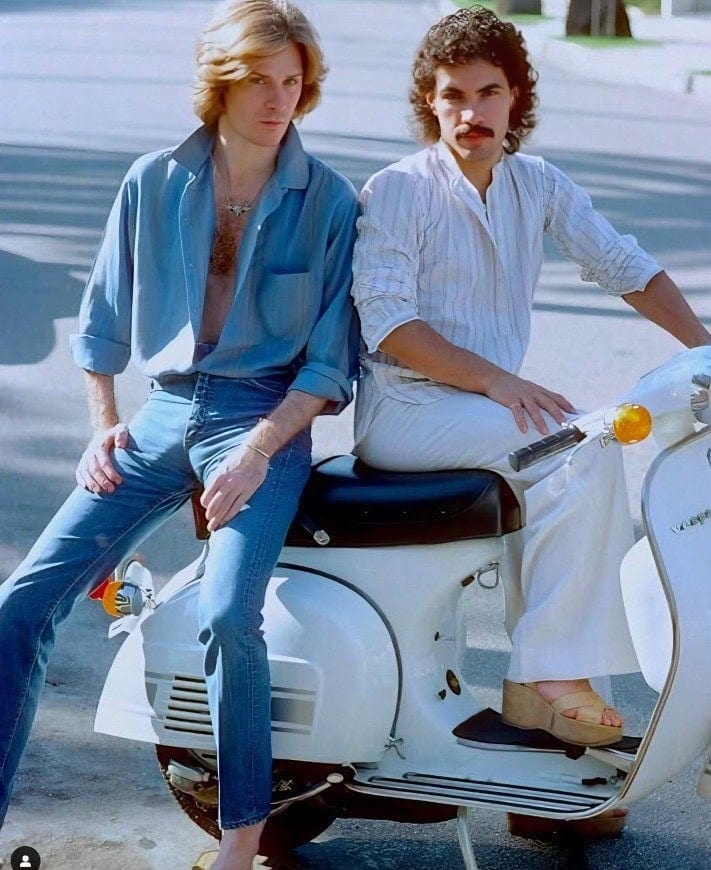Elton John’s seventh studio album, “Goodbye Yellow Brick Road,” stands as a monumental achievement in his illustrious career, showcasing his versatility as a singer, pianist, and composer. Released on October 5, 1973, by DJM Records, this double album was a product of creative inspiration and meticulous craftsmanship.
Recorded at the Château d’Hérouville in France, the album’s genesis began with Bernie Taupin’s prolific lyricism, penned in just two and a half weeks under the working titles of “Vodka and Tonics” and “Silent Movies, Talking Pictures.” Meanwhile, Elton John composed most of the melodies in a whirlwind three-day session at the Pink Flamingo Hotel in Kingston, Jamaica, drawn there in part by the Rolling Stones’ recent recording exploits.
Initially intended to be recorded in Jamaica, logistical challenges prompted a move to France, where the sessions took place at Studio d’enregistrement Michel Magne. The album’s production spanned a mere two weeks, yet it yielded an impressive collection of 17 tracks, including enduring hits like “Candle in the Wind,” the anthemic “Bennie and the Jets,” the title track “Goodbye Yellow Brick Road,” and the raucous “Saturday Night’s Alright for Fighting.” Notably, the album’s live favorite, “Funeral for a Friend/Love Lies Bleeding,” showcases John’s virtuosity and the band’s synergy.
“Goodbye Yellow Brick Road” soared to the top of the Billboard 200, solidifying its status as a commercial juggernaut. To date, it has sold over 20 million copies worldwide and remains a pinnacle of Elton John’s artistic achievement. In 2003, it was deservedly inducted into the Grammy Hall of Fame, a testament to its enduring impact and musical legacy.
Beyond its commercial success, the album is revered for its thematic depth and musical diversity. Through the lens of cinematic metaphor, John and Taupin explore themes of nostalgia and cultural reflection, evoking a poignant longing for a simpler past. Tracks like “Grey Seal,” originally a B-side, were reimagined for the album, while “Harmony,” though considered for release as a single, found its place as a beloved B-side in the United States, notably topping charts on influential FM stations.
“Goodbye Yellow Brick Road” not only showcases Elton John at the peak of his creative powers but also serves as a cultural touchstone. Its inclusion in Rolling Stone’s “500 Greatest Albums of All Time” reaffirms its enduring influence and timeless appeal. As a magnum opus, it continues to captivate listeners, transcending generations with its melodic richness and lyrical depth, ensuring its place in the pantheon of musical classics.
Video
Lyrics
When are you gonna come down?
When are you going to land?
I should have stayed on the farm
I should have listened to my old man
You know you can’t hold me forever
I didn’t sign up with you
I’m not a present for your friends to open
This boy’s too young to be singing
The blues, ah, ah
So goodbye yellow brick road
Where the dogs of society howl
You can’t plant me in your penthouse
I’m going back to my plough
Back to the howling old owl in the woods
Hunting the horny back toad
Oh, I’ve finally decided my future lies
Beyond the yellow brick road
Ah, ah
What do you think you’ll do then?
I bet they’ll shoot down the plane
It’ll take you a couple of vodka and tonics
To set you on your feet again
Maybe you’ll get a replacement
There’s plenty like me to be found
Mongrels who ain’t got a penny
Sniffing for tidbits like you
On the ground, ah, ah
So goodbye yellow brick road
Where the dogs of society howl
You can’t plant me in your penthouse
I’m going back to my plough
Back to the howling old owl in the woods
Hunting the horny back toad
Oh, I’ve finally decided my future lies
Beyond the yellow brick road
Ah, ah
